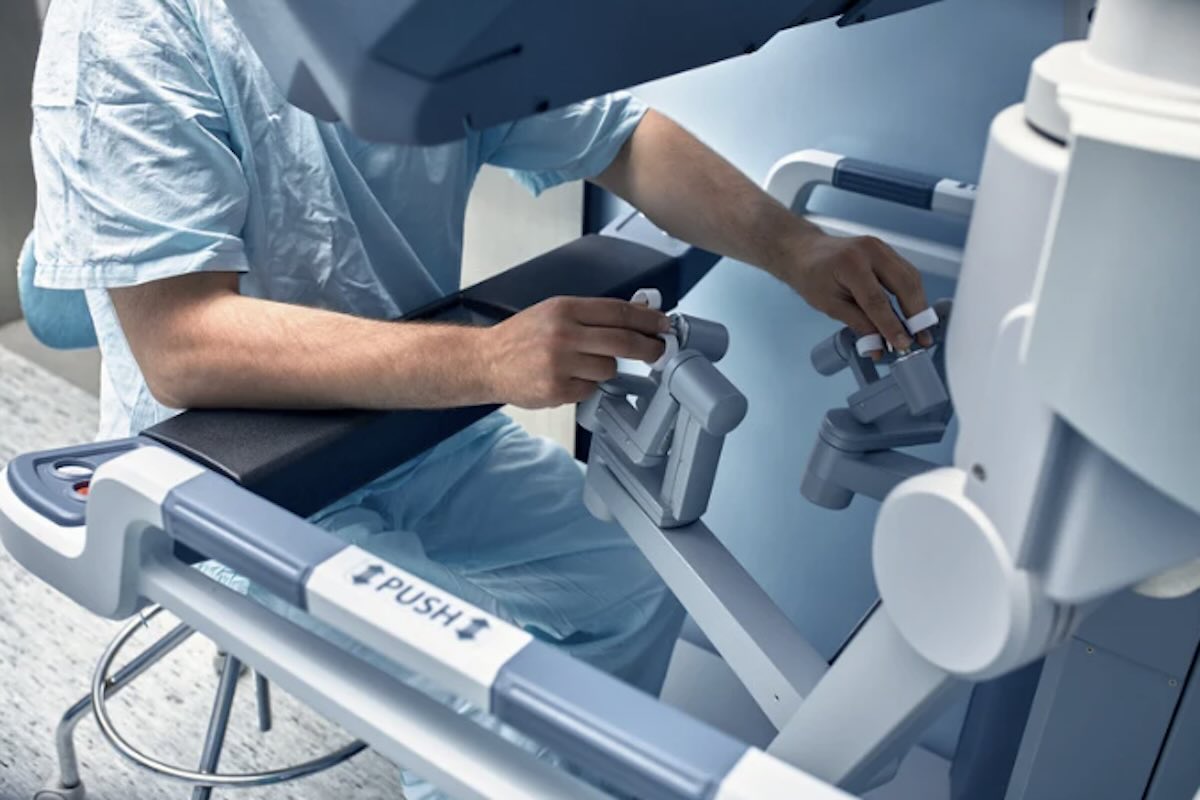
Japan is renowned for its cutting-edge medical technology, and robotic surgery is no exception. This innovative field has garnered global attention due to its precision and minimally invasive nature. For tourists from Asia considering medical tourism, Japan’s robotic surgery is an attractive option. This article delves into the history of robotic surgery in Japan, the types of treatments it excels in, the duration required for these treatments, the benefits of undergoing robotic surgery in Japan, and the current situation of medical tourists visiting Japan for this purpose.
History of Robotic Surgery in Japan
Robotic surgery in Japan is based on technology developed in the United States in the 1990s. The first robotic-assisted surgery was performed in Japan in 2000s, marking the beginning of its clinical application. The da Vinci Surgical System, developed by Intuitive Surgical, Inc., has been widely adopted in Japan since its approval in 2009. As of 2023, approximately 570 da Vinci systems have been installed in Japan, making it the second-largest user of these systems worldwide.
In recent years, Japan has also developed its own robotic system, “hinotori,” which was approved for use in 2020. Hinotori is designed to be compact and user-friendly, making it suitable for Japan’s standard operating rooms. It features advanced robotic arms and a high-definition 3D videoscope, enhancing surgical precision and reducing interference.
Treatments Where Robotic Surgery Excels
Robotic surgery is particularly effective in the following areas:
- Urology:
Prostate cancer and kidney disease surgeries are commonly performed using robotic systems. The minimally invasive nature of these procedures results in smaller incisions and faster recovery times. - Gastrointestinal Surgery:
Robotic systems are used for gastric and esophageal cancer surgeries, allowing for precise operations in complex anatomical areas. - Gynecology:
Robotic surgery is applied for conditions such as uterine fibroids and ovarian tumors, providing delicate and precise treatment options. - ENT (Ear, Nose, and Throat):
Recently, robotic surgery has been introduced in ENT for procedures like head and neck tumor surgeries.
Duration Required for Treatment
Robotic surgeries typically require only one day for the procedure itself. However, hospital stays may vary depending on the type of surgery and the patient’s condition.
Benefits of Undergoing Robotic Surgery in Japan
The benefits of undergoing robotic surgery in Japan include:
- Advanced Technology and Safety:
Japanese medical institutions utilize the latest robotic technology, emphasizing safety and precision. - Minimally Invasive:
Smaller incisions and less tissue damage result in quicker recovery times and reduced post-operative pain. - Combination with Tourism:
Patients can enjoy Japan’s rich culture and tourist attractions alongside their medical treatment.
Situation of Medical Tourists Visiting Japan for Robotic Surgery
Japan’s medical tourism industry is rapidly growing, with a significant number of visitors seeking high-quality medical services. In 2019, approximately 1.22 million people visited Japan for medical purposes, many of whom were interested in advanced treatments like robotic surgery.
Robotic surgery is particularly appealing to tourists from Asia, especially China and Korea, due to its technological advancements and safety record. Additionally, Japanese medical facilities are enhancing their support for international patients by providing multilingual staff and medical interpreters.
Future Prospects for Robotic Surgery in Japan
Japan’s robotic surgery is expected to continue evolving with technological advancements, offering more options for patients. The integration of AI and remote surgery systems will further enhance medical quality and accessibility. The domestically developed “hinotori” system is also expected to expand into international markets, increasing Japan’s competitiveness in the global healthcare sector.
Conclusion
Japan’s robotic surgery is recognized globally for its precision and minimally invasive techniques. For tourists from Asia, Japan offers an attractive combination of advanced medical technology and cultural experiences. As robotic surgery continues to evolve, it will provide more innovative treatment options for patients worldwide.
<References>
Sysmex Corporation. (2020). Sysmex Launches Surgical Robot Unit, hinotori Surgical Robot System. Retrieved from https://www.sysmex.co.jp/en/news/2020/pdf/201203.pdf
Japan Forward. (2023). Japan’s First Surgical Robot: Technological Innovation in the World of Medicine. Retrieved from https://featured.japan-forward.com/japan2earth/2023/01/2049/?lang=ja
Lab Brains. (2023). What is Robotic Surgery? How Advanced is the Technology? Retrieved from https://lab-brains.as-1.co.jp/enjoy-learn/2023/09/53669/
Idea HR. (2025). Rapid Growth of Japan’s Medical Tourism Market: Lights and Shadows. Retrieved from https://idea-hr.co.jp/column/trend/2224/
J-Stage. (2024). Revolutionary Advances of Robotic Surgery in Urology Field. Retrieved from https://www.jstage.jst.go.jp/article/jmj/advpub/0/advpub_JMJ24-0008-R/_pdf/-char/en
Kawasaki Heavy Industries. (n.d.). hinotori Surgical Robot System, the First Made-in-Japan Robotic-Assisted Surgery System. Retrieved from https://global.kawasaki.com/en/corp/rd/magazine/183/pdf/n183en03.pdf
JSTORIES. (n.d.). Japan’s First Surgical Robot. Retrieved from https://jstories.media/article/japans-first-surgical-robot
